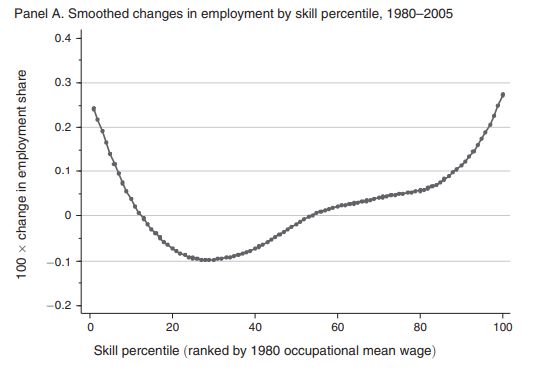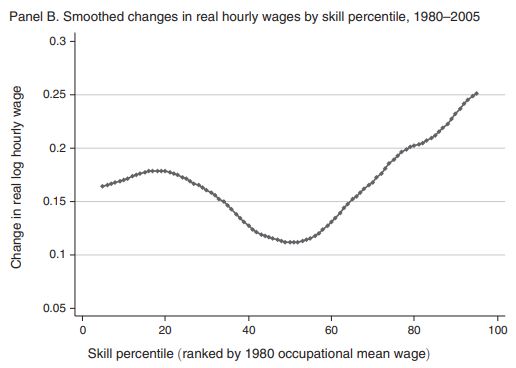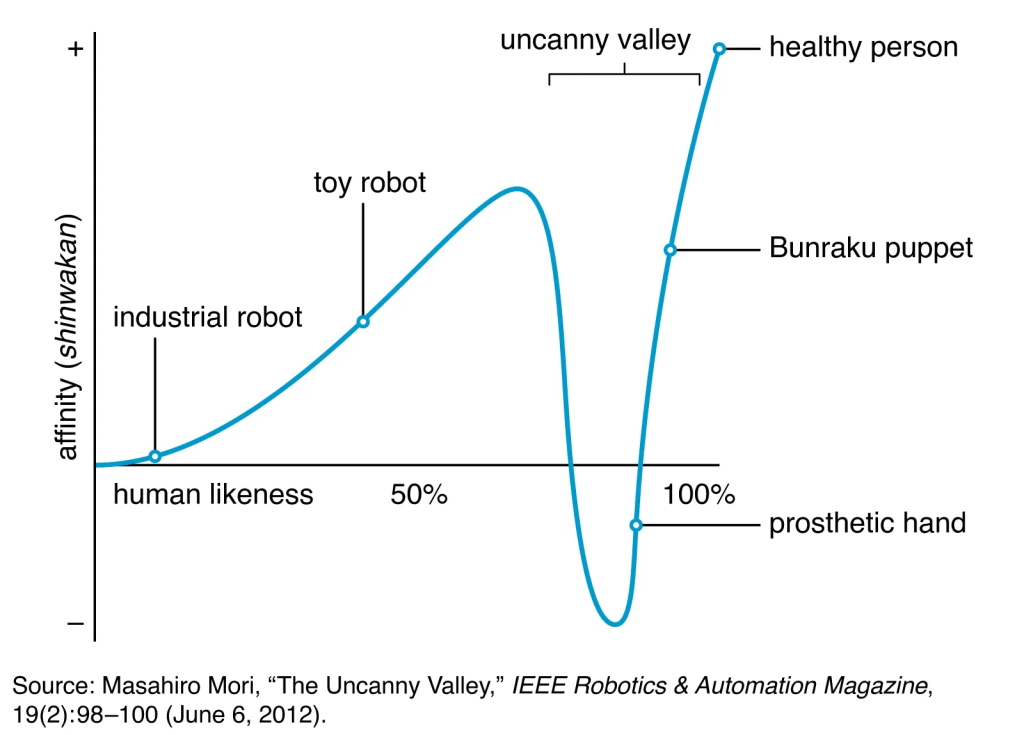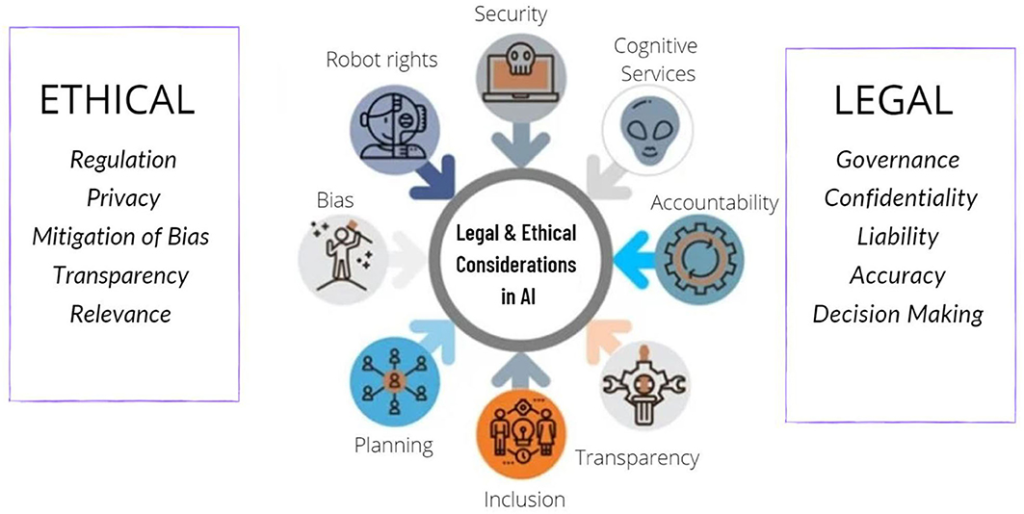In recent years or rather a decade, artificial intelligence has advanced incredibly due to increased computational power. Now we see tools such as OpenAI’s ChatGPT or DALL-E publicly available to everyone with an internet connection. However, once we see what kind of “art” can be generated with just a few text prompts, or how a language model can write Python code, it is easy to start worrying that science fictional scenarios from movies like “I, Robot” or “Wall-e” will become real. The narrative to fear AI because of its “likelihood” to substitute human labor is very evident in popular media since it raises fear and it is well-known that fear-causing titles are great click-bait. Therefore, with this article, we would like to oppose this speculation by pointing fingers at previous technological revolutions and AI shortcomings.
Is AI going to put everybody out of work? I am not worried about this.
Jeff Bezos, CEO of Amazon
AI will create new tasks and professions
First, let us take a look at past innovations and their impact on the workforce. Great research on changes in the US labor market after technological adoption in goods production in the 20th century was conducted by Autor and Dorn in 2013 (published by American Economic Review). This research uncovers US labor market polarization in the 20th century, which shows how decreased cost of capital in manufacturing resulted in reallocation of labor market participants from manufacturing, mining, farming occupations (manual tasks) to the service sector occupations in the second half of 20th century. Autor and Dorn illustrate U shaped growth of real wage by skill percentile for 1980-2005 period like following.


Increase of real wage and employment in the ends and decrease for the middle-skill workers of the named curve is a result of employment reallocation from good manufacturing to service sector. U shaped employment polarization curve implies about stagnating real wage growth for middle class. Jobs will continue to be created as a result of continued economic expansion, including corporate dynamism and increased productivity growth. A variety of new professions that we cannot now predict will also arise and might represent new employment. Therefore, as we enter new era of AI technological capabilities, which could be referred to as fourth industrial revolution or industry 4.0, it is expected that labor market will experience new polarization dynamics.

Some jobs require human touch
Another shortcoming of AI is the lack of empathy and creativity, and since we, humans, are social beings, emotional connection is very important to us. It could be argued that modern language models like chatGPT is now capable of reasoning, which is also a component of emotional intellect, however, even though a chatbot powered with chatGPT can generate interesting and captivating answers, it still feels alien. This issue is extremely evident in social robotics field, which investigates social interactions between humans and robots. Social robotics also focuses on robot design and what emotions do the appearance of robot invoke. An interesting theory from aesthetics is the so called uncanny valley phenomenon which describes the feelings of unease, discomfort, and even revulsion in response to humanoids that look too realistic. Therefore, jobs which require empathy and critical judgment in fields of education, health, art are really hard to automate. Especially as modern societies still lack trust toward new technologies.

AI can’t take over the world – it takes time to utilize it
who takes the responsibility?
AI manufacturers could face responsibility for product flaws, even if the issue is generated from components made by other companies and users. It may raise the limitations to commercialization in real life. AI, like any other product or equipment, may be held liable for the harm it produces. In the past, manufacturers of electrical equipment, firearms, and automobiles have been held liable for the damage caused by their goods. If there was a manufacturing defect, it was the producer’s flaw. If, on the other hand, users were not adequately taught, those in charge of instruction were held liable. There’s a catch – the faulty part must be the root cause of the problem, however, is our society ready to distinguish who is in charge of it?

For example, Autonomous vehicles (AVs) are at the forefront of ethical considerations when it comes to AI. As these vehicles gain widespread use, the job market for drivers of buses, cabs, and trucks will be dramatically altered. Although AVs have a proven safety record and the technology is continually improving, there remains a concern that a fatal accident caused by an AV may be perceived as more tragic than one caused by a human driver. As these vehicles become increasingly common. Therefore, it is crucial to formulate regulations and clear laws regarding who will bear responsibility in the event of a catastrophic crash: the AI developers, transportation companies, or the drivers themselves. AI has a tendency to fail unexpectedly in changing settings. AI systems can become suddenly less intelligent, even if they were previously functioning at a high level. All AI systems have limits that may slow down their practical implementation in real-life applications.
Can AI give an equivalent chance to every candidate?
Human resource is a crucial part of the labor market to manage, develop, and execute the vision of the company in order to maintain the business flourishing. AI-powered hiring is considered to be faster and more time efficient. However, there are cases where these algorithms have been found to be discriminative and biased.
The impact on hiring process
We can raise the question – can AI replace the process of hiring and people management in the workforce? Hiring the right person is crucial for a company’s success. However, it is well known that the current human resource management run by human beings contains biases produced by humans. Additionally, several firms say that using AI in the employment process can save money and time. On the contrary, experts are concerned that these systems would strengthen rather than eliminate existing racial and gender prejudices in the recruiting process since the algorithms are prone to replicating discriminatory attitudes found in the real world.

Algorithms may incorporate biases based on protected characteristics, which are legally allowed in certain cases where they are relevant to the requirements of a job. Likewise, age-related fitness requirements may justify age limitations for specific positions.
There was a big scandal related to the AI-powered hiring system in 2018. Amazon announced that it will stop using its AI-powered recruiting tool after uncovering considerable discrimination against female job applicants. A comprehensive investigation discovered that the computer models used by the tool were trained using resumes provided to the firm over the previous decade. It reflected the male candidates which are dominant in the workplace, resulting in the AI’s gender-biased behavior.
Final remarks
The presented dynamics between AI and labor markets allow us to paint an optimistic picture regarding the future. Most importantly, it can be seen from previous technological revolutions that new technology introduction creates labor market reallocations, which results in the “birth” of new professions and tasks. Also, it is very important to not over-hype the AI capabilities as it still has many downfalls. Especially, if considering the jobs that require empathy and critical judgment traits, which AI is currently struggling to mimic. Therefore, conducting and utilizing AI has limitations. Thus, the transition of the 4th industrial revolution will require thorough planning from regulators, because absolute objectivity, neutrality, and fairness are still not viable with current AI systems which are still biassed and discriminative. Having this in mind, it is more likely that AI will complement our day to day tasks rather than eliminate human from it.



